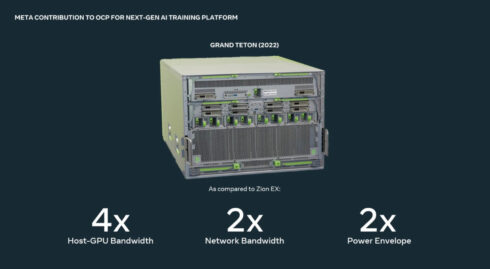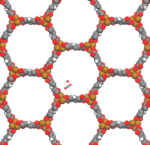
At the Open Compute Project (OCP) Summit, Meta announced its contribution of a new platform for AI at scale called Grand Teton to the OCP community.
“Today, some of the greatest challenges our industry is facing at scale are around AI. How can we continue to facilitate and run the models that drive the experiences behind today’s innovative products and services? And what will it take to enable the AI behind the innovative products and services of the future? As we move into the next computing platform, the metaverse, the need for new open innovations to power AI becomes even clearer,” Alexis Bjorlin, VP of infrastructure at Meta, wrote in a post.
Grand Teton is a follow-up to Zion-EX, which is a platform for training machine learning models. Compared to Zion, Grand Teton has four times the host-to-GPU bandwidth, two times the compute and data network bandwidth, and two times the power envelope.
Zion required three boxes: a CPU head node, a switch sync system, and a GPU system. Grand Teton simplifies this into a single chassis with fully integrated power, control, compute, and fabric interfaces.
This improves performance, signal integrity, and thermal performance, and simplifies the deployment, which allows it to be introduced more quickly into data centers with fewer points of failure.
In addition to Grand Teton, the Meta also announced the latest edition of its Open Rack hardware, which provides a common rack and power architecture for the industry. Changes in version 3 are that the power shelf can be installed anywhere in the rack, an improved battery pack, and support for Grand Teton.
“At Meta, we’re all-in on AI. But the future of AI won’t come from us alone. It’ll come from collaboration – the sharing of ideas and technologies through organizations like OCP. We’re eager to continue working together to build new tools and technologies to drive the future of AI. And we hope that you’ll all join us in our various efforts. Whether it’s developing new approaches to AI today or radically rethinking hardware design and software for the future, we’re excited to see what the industry has in store next,” Bjorlin wrote.





